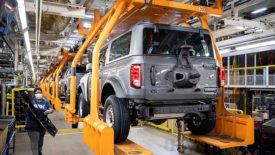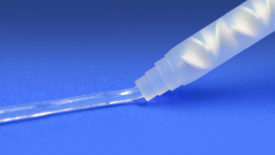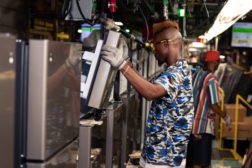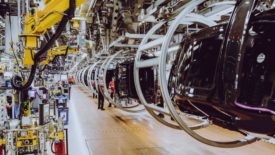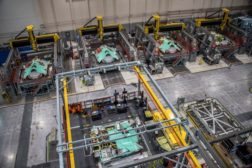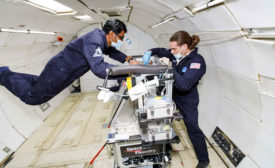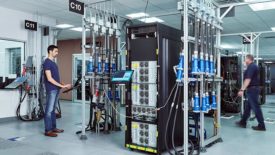Industries
Assembly Plants of the Year: Looking Back, Moving Forward
Update Report: 2012 and 2018 Assembly Plant of the Year - Ford Motor Co.
March 27, 2024
Assembly Plants of the Year: Looking Back, Moving Forward
Update Report: 2019 Assembly Plant of the Year — GE Appliances
March 21, 2024
Assembly Plants of the Year: Looking Back, Moving Forward
Update Report: 2017 Assembly Plant of the Year - AGCO Corp.
March 20, 2024
Assembly Plants of the Year: Looking Back, Moving Forward
Update Report: 2013 Assembly Plant of the Year — Northrop Grumman Corp.
March 19, 2024
Assembly Plants of the Year: Looking Back, Moving Forward
Update Report: 2008 Assembly Plant of the Year - IBM Corp.
March 14, 2024
Get our new eMagazine delivered to your inbox every month.
Stay in the know on the latest assembly trends.
SUBSCRIBE TODAY!Copyright ©2024. All Rights Reserved BNP Media.
Design, CMS, Hosting & Web Development :: ePublishing

